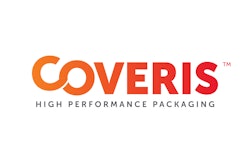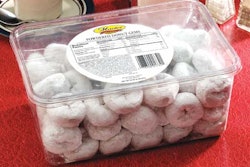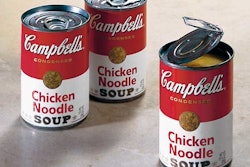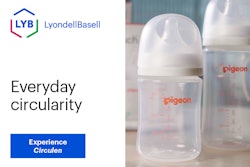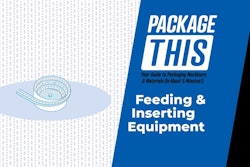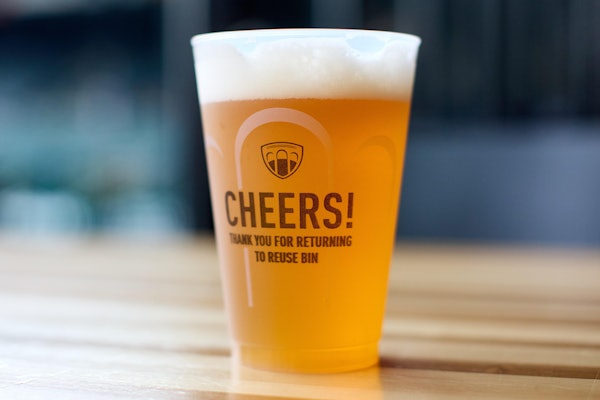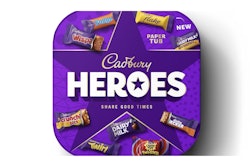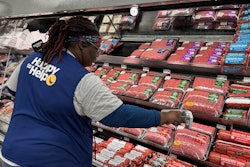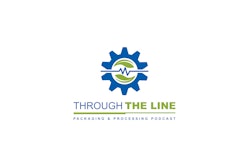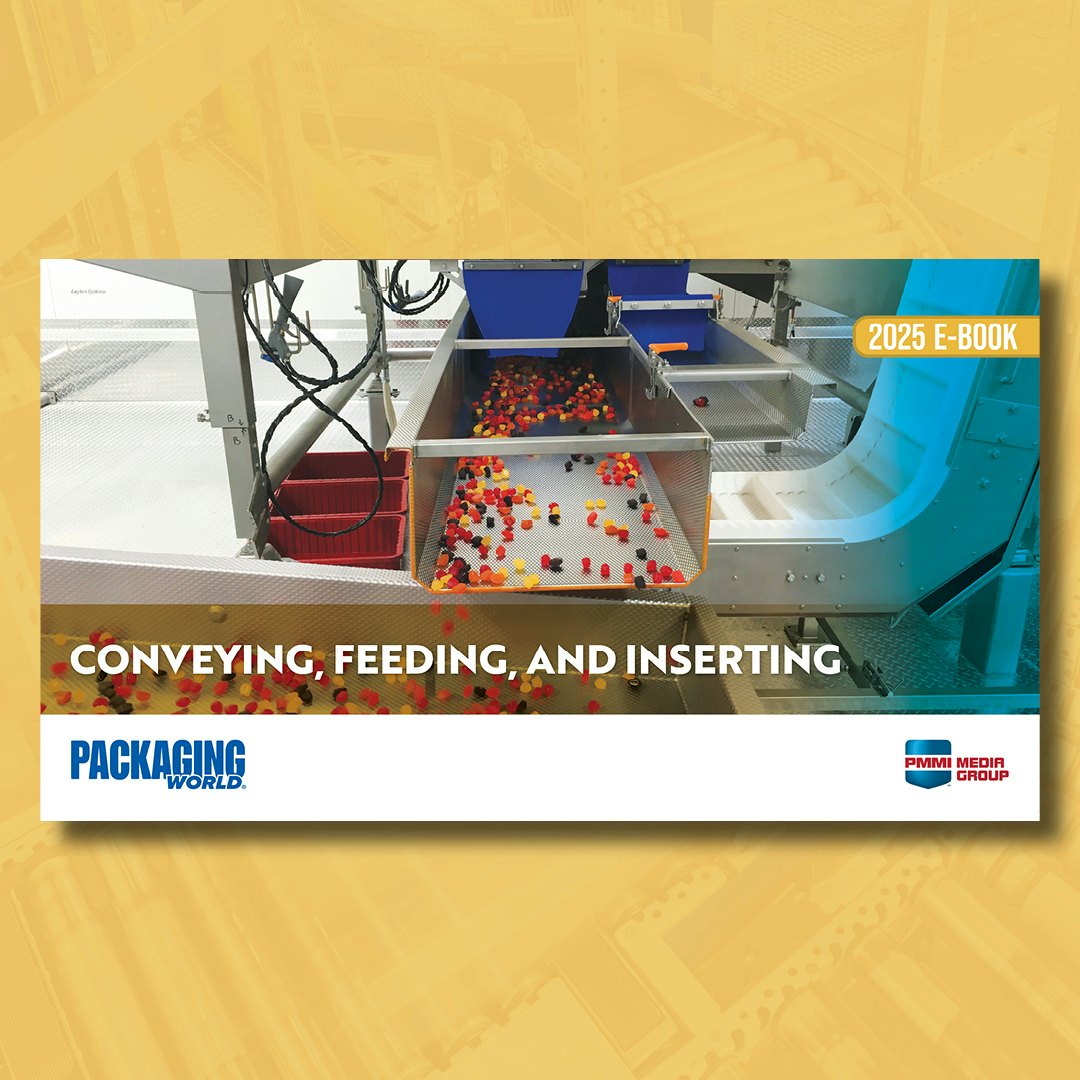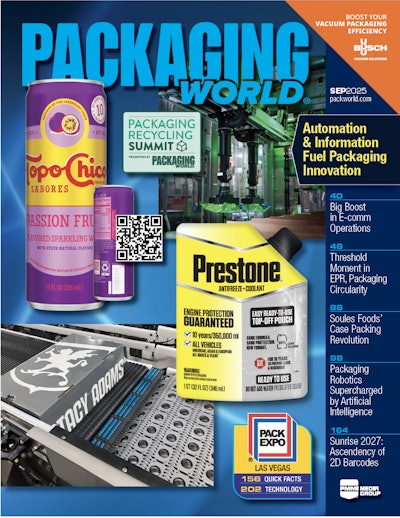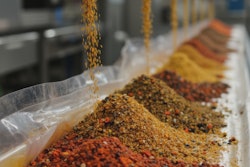PW: What was McCormick’s goal for this project?
Lichter: Our company wanted a tamper-evident package solution that was not capital intensive and added minimal cost in use. The package needed to provide obvious evidence of tampering at both bag seals, stand out to the end user, and be able to withstand close scrutiny for effectiveness.
PW: What types of bags was ShurSeal designed for?
Lichter: It was specifically designed for pinch-style multiwall bags. The converter provides the bags to us with one end sealed, then we fill the bags and use our conventional heat-sealing equipment to provide the seal on the open end.
PW: What types of products does McCormick ship in these bags?
Lichter: We use the new bags for packaging dry flavor systems such as spices, herbs, seasonings, coatings, breadings, and batters that we ship to processors in the food and beverage businesses. Because we initiated the project and worked closely with the converter to develop this technology, McCormick has exclusive rights to use the technology for certain types of food products.
PW: Could you explain how the technology works?
Lichter: The converter uses a combination of primer and adhesive, together with a specific pattern of perforations and tamper-evident tabs at each seal. The use of the primer forms an aggressive bond that ensures fiber tear when the bag is opened.
PW: Did your company have to invest in new sealing equipment?
Lichter: No, all that was required were some minor modifications to our bag sealing machines. And we discovered that the new seal has no effect on the speed or efficiency of our packaging lines.
PW: Do you alert your customers to look for the new feature?
Lichter: Yes, each bag that incorporates the new seal has special copy printed in red ink at each end of the bag that explains the new feature and what the end user should look for to make certain the bag has not been tampered with. —AO



